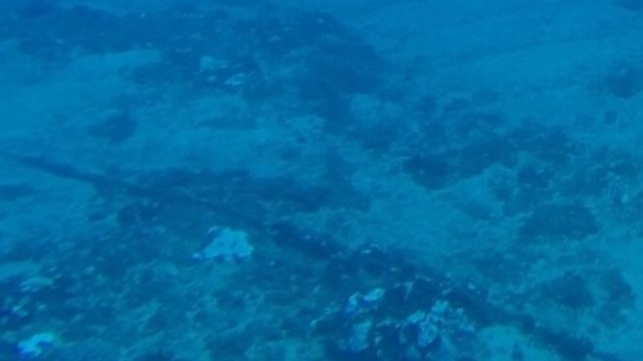Suspicion Rises Over Baltic Power Cable Outage

On Christmas Day, a significant incident occurred in the Baltic Sea when the EstLink2 subsea power cable, which connects Finland and Estonia, experienced a sudden outage. This event has sparked concerns and speculation about potential sabotage targeting critical subsea infrastructure. The Finnish utility company Fingrid detected the outage at 12:26 PM local time, leading to an immediate investigation into the cause. The situation has raised alarms, particularly in light of recent incidents involving foreign vessels in the region. As authorities delve deeper into the circumstances surrounding the outage, the geopolitical implications of such an event cannot be overlooked.
Investigation Underway: What We Know So Far
Fingrid has launched an investigation to determine the cause of the EstLink2 outage. The exact location of the disconnection remains unclear, as it could have occurred either underwater or on land. This uncertainty adds to the complexity of the investigation. The EstLink2 cable has a history of malfunctions; it was offline for several months earlier this year due to an internal short circuit. However, this latest incident has prompted officials to consider all possibilities, including the potential for sabotage. A spokesperson for Fingrid stated, “Nothing is ruled out, all stones and stumps are being turned, and we will see what causes it. Yes, [sabotage] is also considered an option.” Fortunately, backup power capacity is available, and the outage is not expected to have an immediate impact on electricity supply for consumers and businesses in the region.
In recent months, the Baltic Sea has seen increased scrutiny due to incidents involving foreign vessels. European investigators have linked Chinese-flagged ships to previous subsea cable severances, suggesting that these vessels may have acted under the direction of Russian intelligence. This context has heightened suspicions surrounding the EstLink2 outage, as investigators look into the movements of nearby vessels at the time of the incident. The investigation will likely focus on the Chinese container ship Xin Xin Tian 2 and the Cook Islands-flagged tanker Eagle S, both of which were in proximity to the cable when it went dark.
Potential Suspects: Foreign Vessels Under Scrutiny
The Xin Xin Tian 2 was present in the area during the outage, but its Automatic Identification System (AIS) tracking shows no indication of slowing down or maneuvering over the site of the cable break. As of Wednesday night, the vessel continued its outbound journey in the Baltic Sea without altering its course or speed. This raises questions about its involvement in the incident.
In contrast, the Eagle S displayed more concerning behavior. The tanker, which had recently called at a Russian port, slowed down over the charted cable during the critical time period. After this, it performed a round turn and stopped in Finnish waters, where it was later joined by the Finnish Coast Guard patrol vessel Turva. This response suggests a potential interdiction and indicates that authorities are taking the situation seriously. The Eagle S is an 18-year-old tanker that recently changed ownership and flag registry, now linked to interests in India and the UAE. Its recent inspection history, which recorded 33 deficiencies, raises further red flags about its operational integrity and potential connections to Russian “dark fleet” operations.
As the investigation unfolds, the implications of this outage extend beyond technical failures. The geopolitical landscape in the Baltic region is fraught with tension, and incidents like this could exacerbate existing conflicts. Authorities will need to tread carefully as they navigate the complexities of international maritime law and the potential for escalating tensions in the region.
